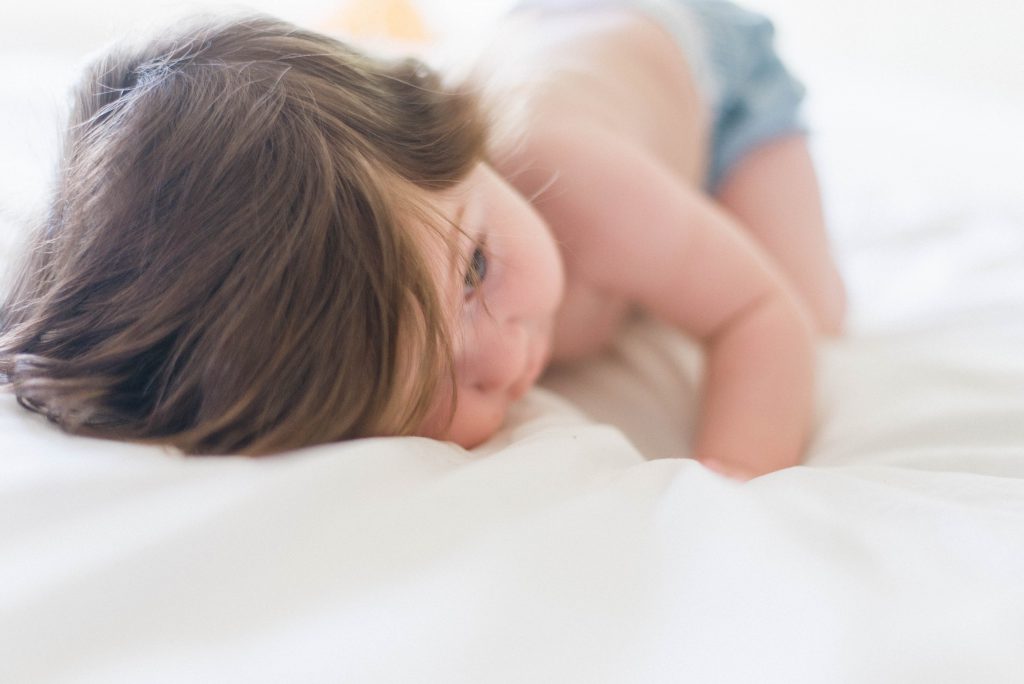
As every parent knows, children develop temperatures quickly and easily. But why do children fever so readily and is it really cause for concern?
First things first: A fever is not a disease. A fever is the body’s natural response to a bacterial or viral infection. In fact, the ability to develop a fever is a sign of good health and a properly functioning immune system in children and in adults. What a fever does is ‘burn off’ diseases by raising the body’s core temperature, allowing for better blood supply to vital organs, while weakening and inactivating bacteria and viruses that do not tolerate high temperatures (of 38.5 degrees and over).
Unfortunately, we’ve been conditioned to fear this healthy immune response. We’re told to ‘treat’ fevers, to bring them down with drugs such as ibuprofen, paracetamol and Calpol. What happens then? Such interventions effectively weaken the body’s immune response, prolonging the duration of an illness, undermining and weakening your child’s immune system. It seems a crazy thing to do, right?
So what should we be doing instead?
Uncomplicated fevers (which form the majority of all fevers in childhood) are best left to run their course – with bed rest and plenty of liquids in place of medicines, as this ‘trains’ the immune system to deal with future infections. I also think it helps to understand the natural progression of a fever, because it boosts your confidence when caring for a feverish child.
Fevers have two phases. In the first phase, the body generates heat through trembling muscles, which we experience as shivering. While the body focuses on this task, all other functions rest: you don’t feel hungry or thirsty, bodily functions rest and we need no interaction with our environment. The best way to support this phase is to keep your child warm in bed, allow for plenty of rest and no external stimuli (close the curtains, remove siblings, no television, no talking). Bathing, going outside and sunlight are to be avoided at all costs as they create additional stress for the body.
In the second phase, the temperature regulates again, and your child begins to sweat. This is when children seek to cool down by throwing off the covers, needing fresh bedclothes, and becoming thirsty and responsive once more. During this phase, switch to lighter coverings, remove plastic nappies (as they trap heat), offer plenty of liquids such as water, herbal tea with honey or diluted fruit juice. Continued rest and lots of cuddles are equally important now.
Finally, give your child time to stabilise once the fever has passed. In other words, a whole fever-free day at home in bed or at gentle play indoors. For busy parents, this can seem a big ask, but you will reap the rewards further down the line as your child becomes healthier and less susceptible to disease.
What about homeopathy?
The best ‘fever medicines’ to give a child are rest, enough to drink and a sense of security. A fever doesn’t always need a homeopathic remedy, and I tend to recommend remedies if it feels like the fever has got ‘stuck’ or the child is unhappy. Parents who are used to treating their family with homeopathy will instinctively sense when that is the case. There’s no real need to consult your doctor unless a fever goes over 41 degrees or remains high after 3 days.




